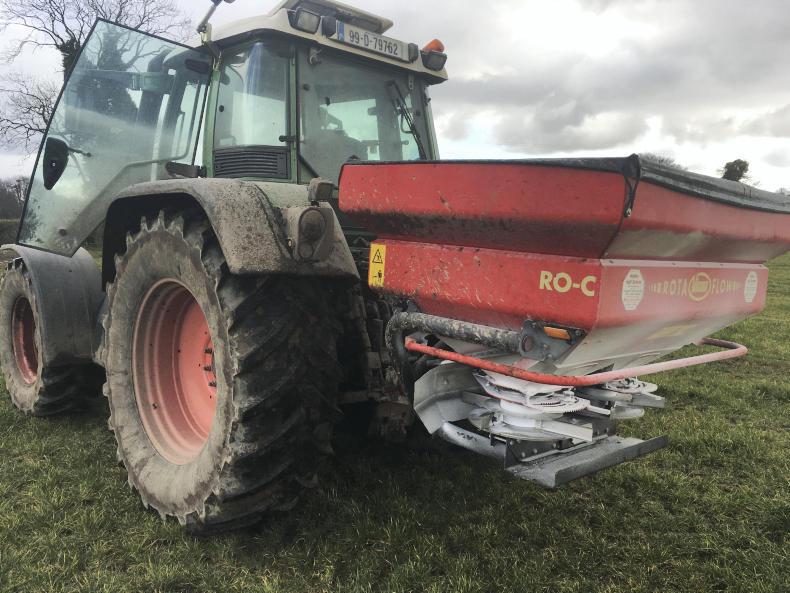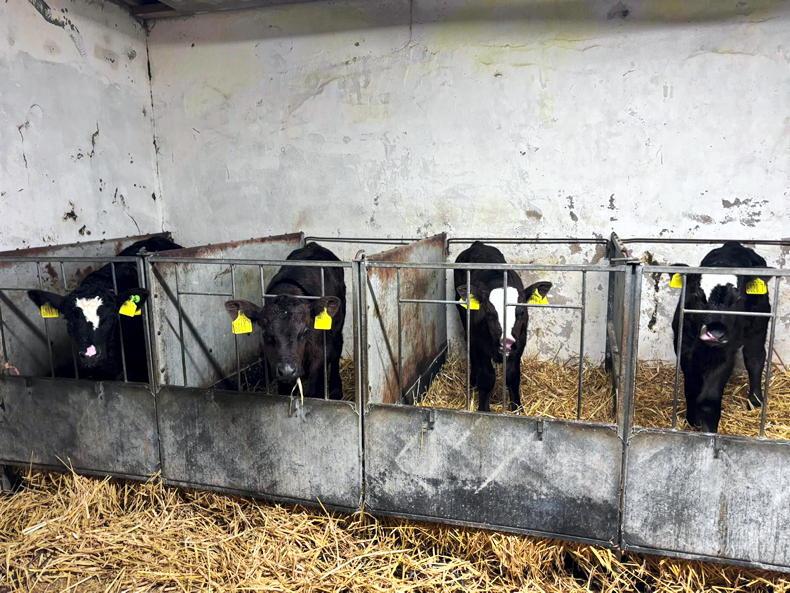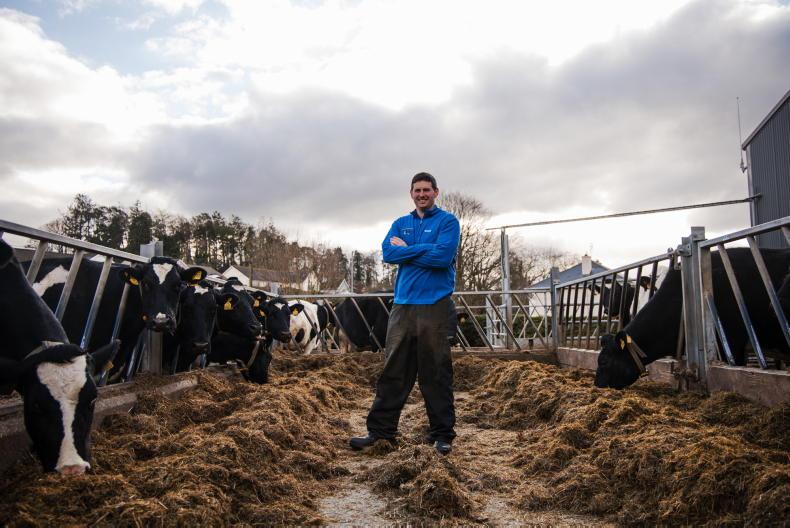Protected urea is being sold as one of the big solutions to the environmental part of the artificial nitrogen debate. So what is it and what can it do? Can it reduce ammonia emissions? What research work has been carried out? Is it more costly?
Last question first. In terms of cost yes it is more costly, currently about €50/tonne. However, when you convert it back to per kilo of nitrogen and compare it to CAN (27% N – calcium ammonium nitrogen) it is about the same cost. Comparing it with CAN is appropriate because the real benefits of this product are not early in the season when straight urea is used, but rather later in the year.
Ideally this protected urea product would replace CAN that is spread on grassland during the main grazing season. So if cost to the farmer is not the big obstacle and it’s better for the environment in terms of less losses what are the challenges? The first big observation is that ‘urea’ usage – leaving aside ‘protected urea’ in Ireland is very small. Less than 10% of the artificial nitrogen used in Ireland is in the form of urea. About 1% of the total nitrogen is protected or stabilised urea.
Teagasc researcher Dominika Krol recently presented an industry update on her research into protected urea at Johnstown Castle. Further studies are ongoing on more commercial research farms to see if the research plot studies can be replicated at farm level. It will be 12 months or more before the results are out.
How does protected urea work? Essentially the coating on the urea reduces the losses to air when urea is being broken down to ammonium (Fig 1). Remember CAN is the most popular form of nitrogen however it is susceptible to large N2O losses. Urea on the other hand is cheaper but up to 20% can be lost as ammonia.
So what are the Johnstown research trials saying? Protected urea reduces losses of both ammonia and nitrous oxide compared to conventional nitrogen fertilisers while consistently yielding as well as CAN at similar cost (see Fig 2). So the trials at Johnstown Castle investigated grass yield as well as gaseous losses. CAN was compared to straight nitrogen (urea) and protected urea. Protected urea preserved yield quantity and quality, reduced ammonia loss by nearly 80% compared to urea and nitrous oxide by nearly 60% compared to CAN.
So a big change is required by the industry (importers, sellers, farmers, co-ops etc) if either urea or protected urea is to make any inroads into helping the environmental benefits.
Protected urea is being sold as one of the big solutions to the environmental part of the artificial nitrogen debate. So what is it and what can it do? Can it reduce ammonia emissions? What research work has been carried out? Is it more costly?
Last question first. In terms of cost yes it is more costly, currently about €50/tonne. However, when you convert it back to per kilo of nitrogen and compare it to CAN (27% N – calcium ammonium nitrogen) it is about the same cost. Comparing it with CAN is appropriate because the real benefits of this product are not early in the season when straight urea is used, but rather later in the year.
Ideally this protected urea product would replace CAN that is spread on grassland during the main grazing season. So if cost to the farmer is not the big obstacle and it’s better for the environment in terms of less losses what are the challenges? The first big observation is that ‘urea’ usage – leaving aside ‘protected urea’ in Ireland is very small. Less than 10% of the artificial nitrogen used in Ireland is in the form of urea. About 1% of the total nitrogen is protected or stabilised urea.
Teagasc researcher Dominika Krol recently presented an industry update on her research into protected urea at Johnstown Castle. Further studies are ongoing on more commercial research farms to see if the research plot studies can be replicated at farm level. It will be 12 months or more before the results are out.
How does protected urea work? Essentially the coating on the urea reduces the losses to air when urea is being broken down to ammonium (Fig 1). Remember CAN is the most popular form of nitrogen however it is susceptible to large N2O losses. Urea on the other hand is cheaper but up to 20% can be lost as ammonia.
So what are the Johnstown research trials saying? Protected urea reduces losses of both ammonia and nitrous oxide compared to conventional nitrogen fertilisers while consistently yielding as well as CAN at similar cost (see Fig 2). So the trials at Johnstown Castle investigated grass yield as well as gaseous losses. CAN was compared to straight nitrogen (urea) and protected urea. Protected urea preserved yield quantity and quality, reduced ammonia loss by nearly 80% compared to urea and nitrous oxide by nearly 60% compared to CAN.
So a big change is required by the industry (importers, sellers, farmers, co-ops etc) if either urea or protected urea is to make any inroads into helping the environmental benefits.









SHARING OPTIONS